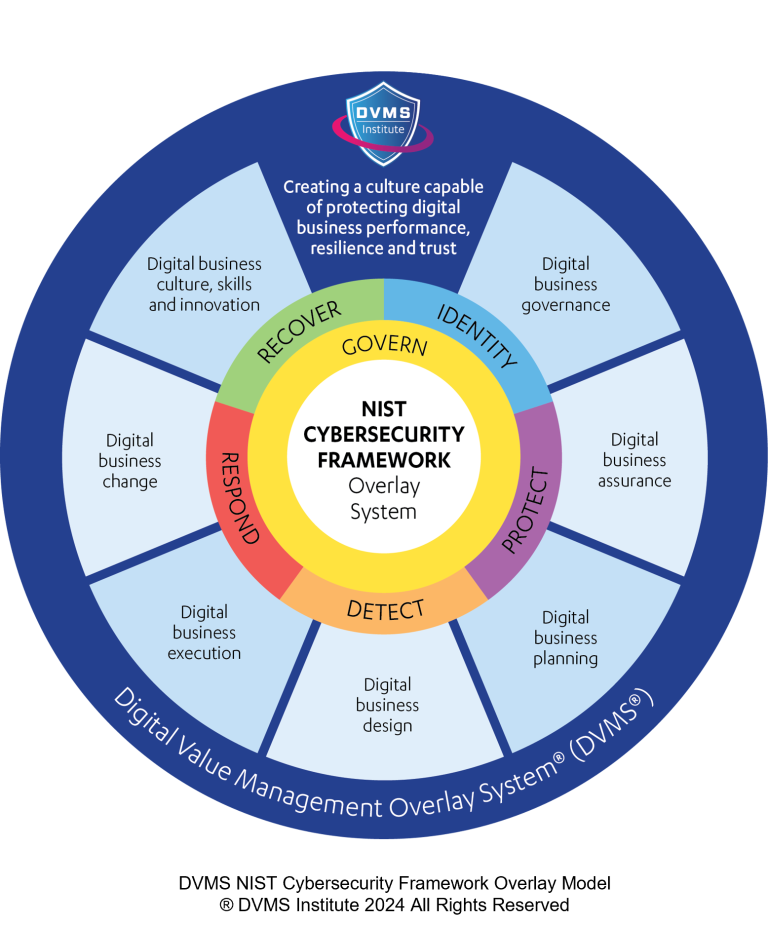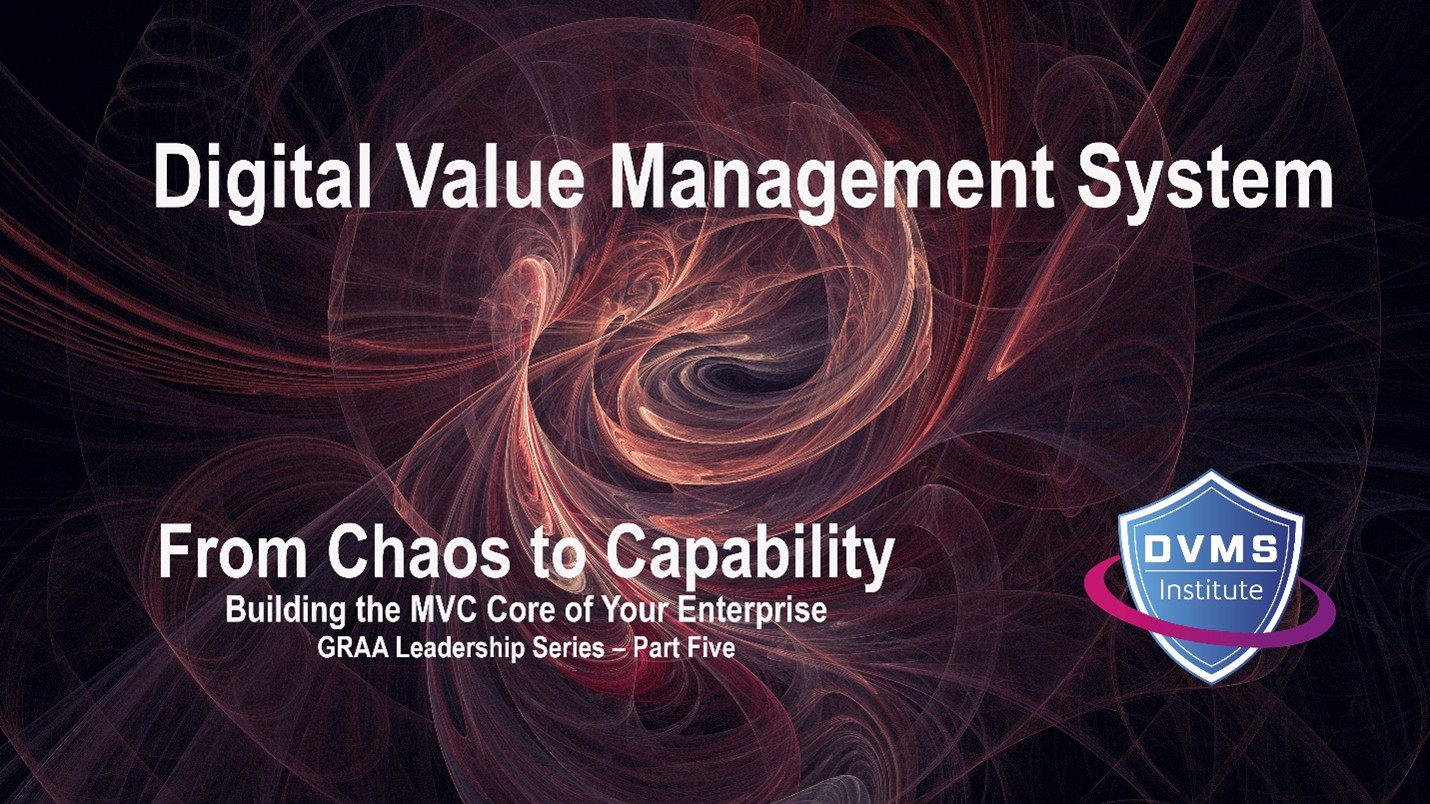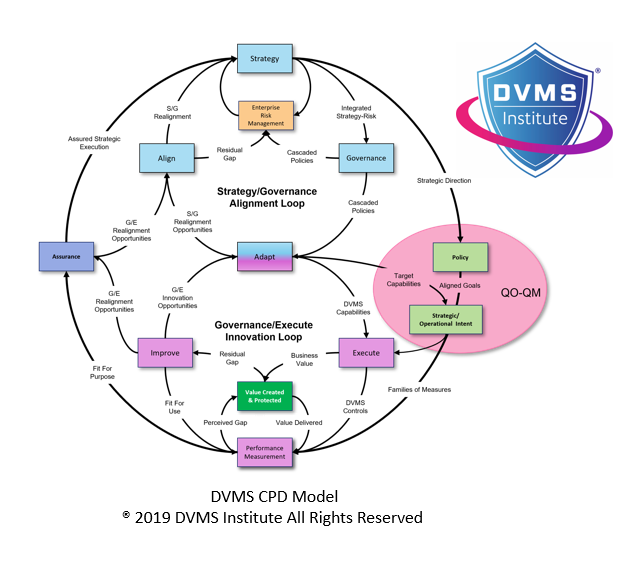The Complexities of Cybersecurity Risk Management
Rick Lemieux – Co-Founder and Chief Product Officer of the DVMS Institute
Cybersecurity risk management, often portrayed as a straightforward process of identifying, assessing, and mitigating threats, is a deceptive oversimplification. The reality is a labyrinthine landscape of interconnected factors, dynamic threats, and organizational challenges that render it a complex and multifaceted endeavor.
At its core, cybersecurity risk management is about making informed decisions in the face of uncertainty. It requires a deep understanding of an organization’s assets, vulnerabilities, and the potential impact of a breach. However, this knowledge is merely a starting point. The challenge lies in translating this information into actionable strategies that balance security with operational efficiency and cost-effectiveness.
One of the most significant complexities stems from the ever-evolving threat landscape. Cybercriminals constantly develop new tactics, techniques, and procedures, rendering traditional security measures obsolete. This necessitates continuous adaptation and learning, requiring organizations to stay abreast of the latest threats and vulnerabilities. Furthermore, the increasing interconnectedness of systems and the proliferation of internet of Things devices expand the attack surface, making it exponentially more challenging to protect against all potential threats.
Organizational culture also plays a critical role in cybersecurity risk management. A security culture must be ingrained at all levels, from the C-suite to the front-line employees. This requires a concerted effort to educate and empower employees to recognize and report suspicious activities. However, achieving this cultural shift can be challenging, as it often conflicts with competing priorities and business objectives.
Another hurdle is the complexity of regulatory compliance. Organizations must adhere to a patchwork of industry-specific and jurisdictional regulations, each with its requirements and penalties. Navigating this complex regulatory environment can be time-consuming and resource-intensive. Moreover, the regulatory landscape constantly changes, forcing organizations to stay updated and adapt accordingly.
Risk assessment is a complex process that involves identifying and prioritizing threats, vulnerabilities, and potential impacts. However, quantifying and assessing risk is often subjective and fraught with uncertainty. Additionally, risk tolerance varies across organizations, making it difficult to establish a consistent approach.
Furthermore, cybersecurity risk management is not a standalone function but is intertwined with other business processes. It must be integrated into the overall business strategy and aligned with organizational goals. This requires collaboration across multiple departments, including IT, operations, finance, and human resources. Coordinating these different perspectives and ensuring alignment can be a significant challenge.
Finally, the human element remains a critical factor in cybersecurity. While technology can provide essential protection, people ultimately make decisions and implement security measures. Human error, social engineering attacks, and insider threats remain significant sources of breaches. Addressing the human factor requires ongoing training, awareness programs, and robust incident response plans.
Cybersecurity risk management is a complex and ongoing challenge that requires a multifaceted approach. It involves balancing competing priorities, adapting to a constantly evolving threat landscape, and addressing the human element. While there is no silver bullet solution, combining technology, processes, and people is essential to managing cybersecurity risks effectively.
About the Author

Rick Lemieux
Co-Founder and Chief Product Officer of the DVMS Institute
The DVMS Institute teaches organizations of any size, scale, or complexity an affordable approach to mitigating cyber risk to protect digital business performance, resilience, and trust.
Rick has 40+ years of passion and experience creating solutions to give organizations a competitive edge in their service markets. In 2015, Rick was identified as one of the top five IT Entrepreneurs in the State of Rhode Island by the TECH 10 awards for developing innovative training and mentoring solutions for boards, senior executives, and operational stakeholders.
® DVMS Institute 2024 All Rights Reserved




